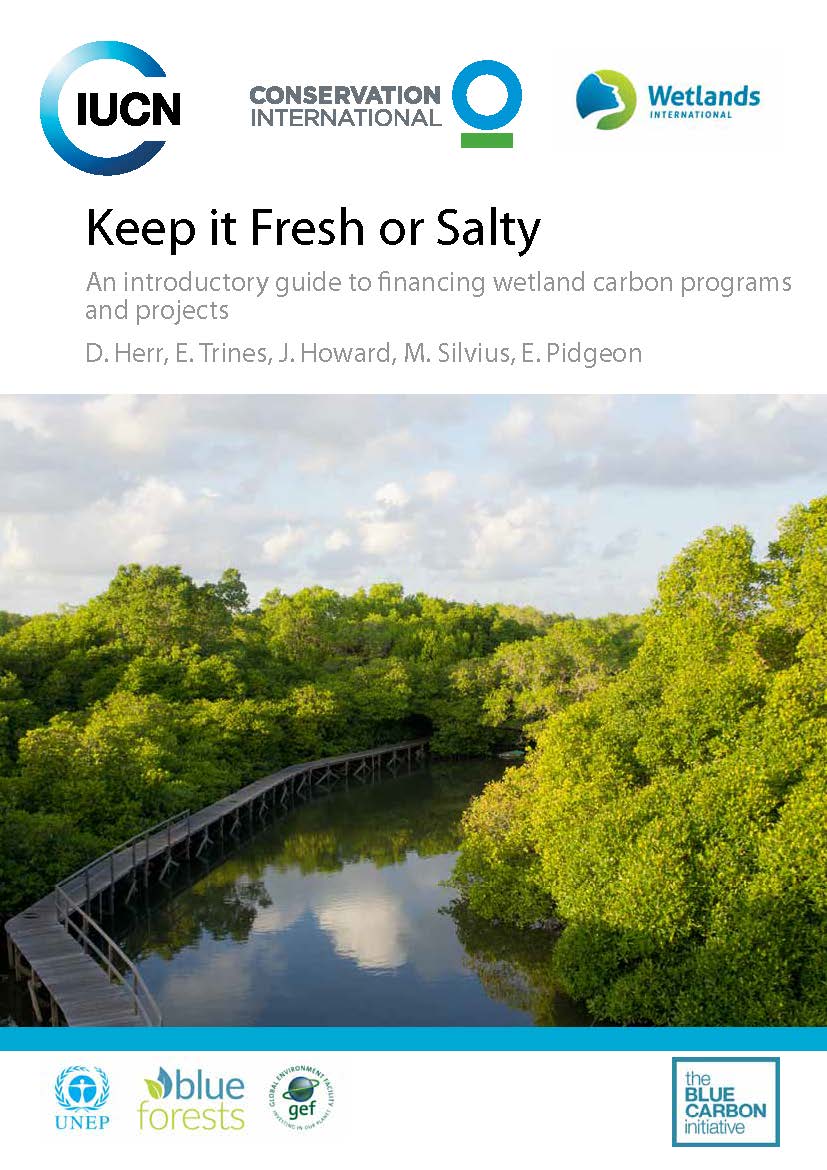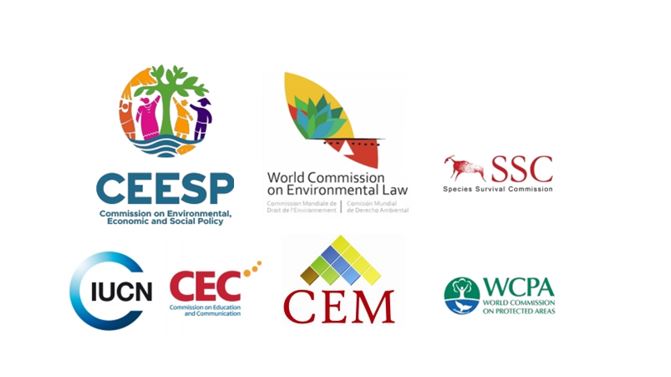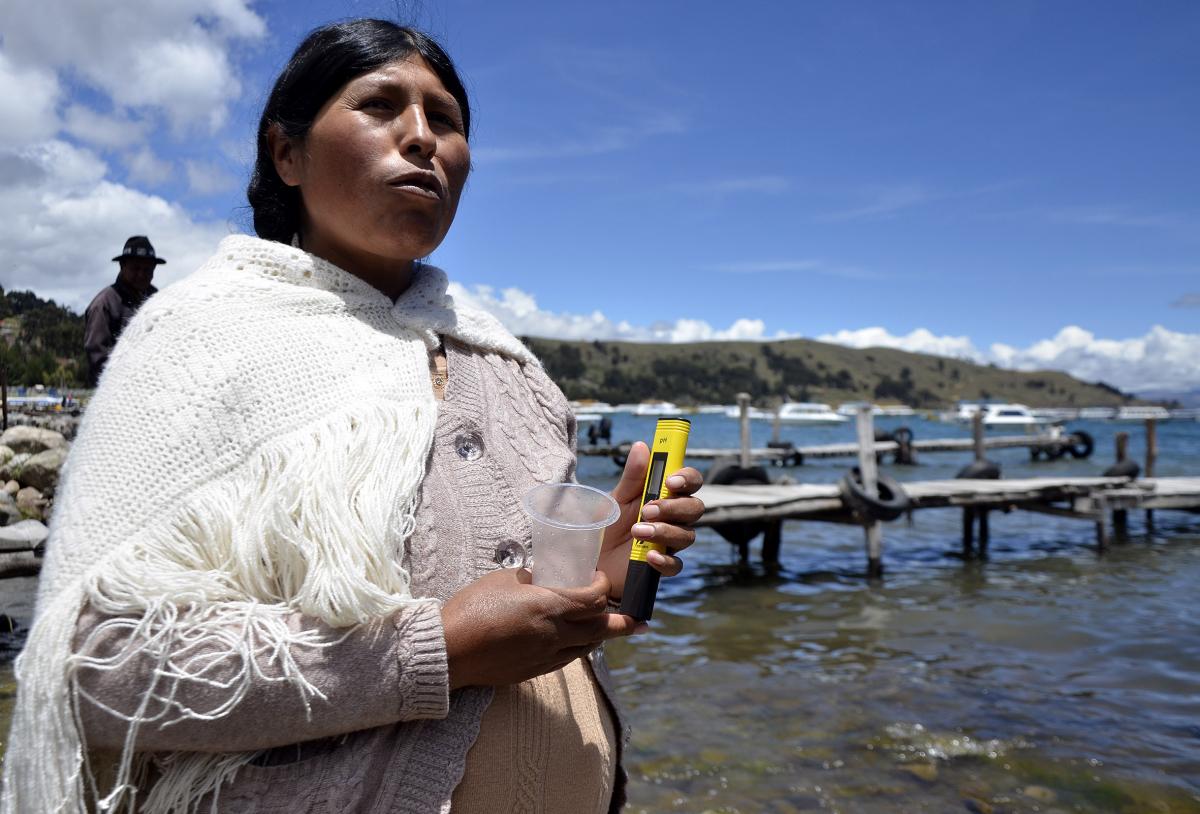Keep it Fresh or Salty
An introductory guide to financing wetland carbon programs and projects

Photo: © IUCN
Despite the rapidly growing attention on wetland activities for climate change mitigation, finding the appropriate funding sources to set up a wetland carbon project or develop a national wetland carbon program is often a challenge.
And after finding a possible funding window, project implementers in these systems must subsequently often interpret and adapt information designed for terrestrial systems to wetlands, especially for the application in coastal marine systems.
This can be demanding, especially for coastal and marine managers who might have little experience in forest management and very little exposure to the necessities of meeting requirements for carbon financing.
This report provides guidance for program and project developers from, or working in, developing countries on the numerous funds and finance mechanisms that can provide carbon finance for wetland carbon conservation and restoration. It also highlights ways to access and link carbon activities with non-carbon based sources of financing.
Governments, international actors (NGOs and academia) and local communities around the world are now increasingly engaging in wetland restoration or avoiding wetland degradation activities for climate change mitigation. Better carbon management of freshwater wetlands, such as peatlands, and saltwater wetlands (mangroves, tidal salt marshes and seagrass meadows), enhance carbon sequestration and can avoid greenhouse gas (GHG) emissions, in addition to providing co-benefits to local communities and biodiversity.
The report was produced jointly by IUCN, Conservation International and Wetlands International.



